If you are curious to know the most venomous and dangerous animals in the world, we have put together a list of some of the main ones and what they are.
After all, many people come across them and don’t even know the danger they are facing, it’s no wonder that many get hurt and some even die.
However, it is worth mentioning that animals only attack when they feel threatened, it is a natural instinct that serves to protect them in the animal world. That said, come with us to check out the most venomous and dangerous animals in the world.
Brown spider
The brown spider can kill a person with its bite. This is because the poison present in it is able to dissolve the skin tissues, causing cell death.
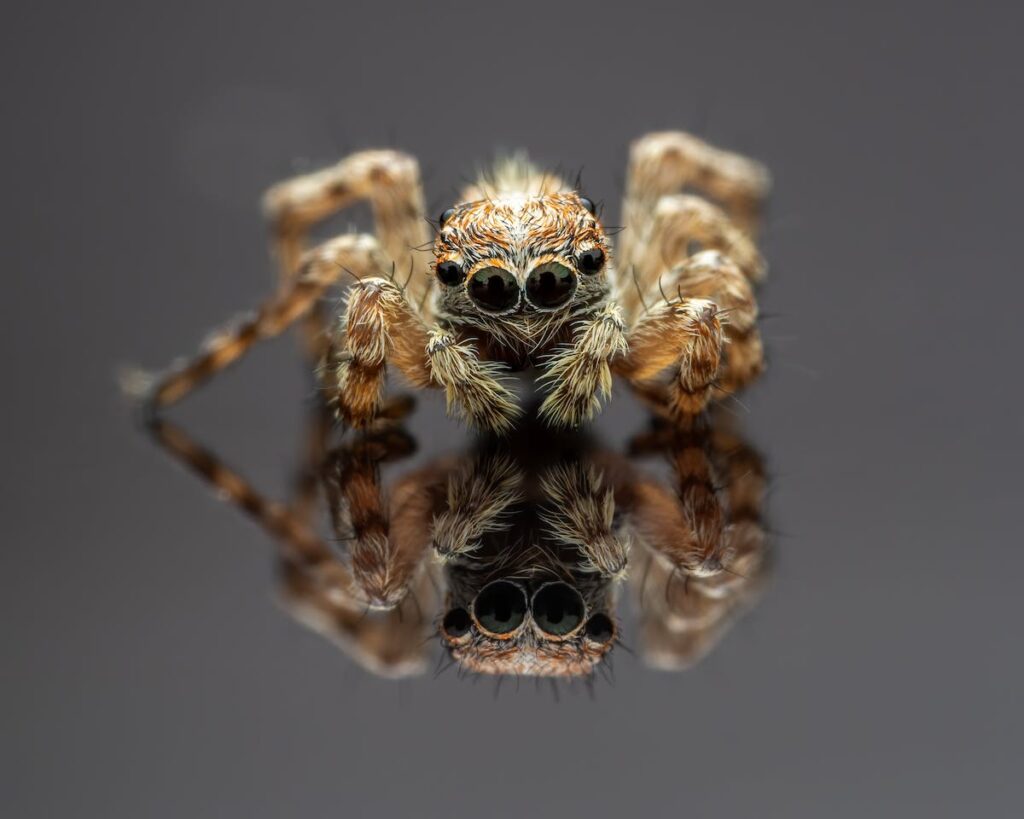
Therefore, some victims of this small spider end up having to amputate the place where they were bitten. Just to give you an idea, the venom of the brown spider is 10 times more powerful than sulfuric acid.
In mature, the brown spider measures 4cm in diameter. It is dark in color, has six eyes, and long, thin legs. Its web is uneven, like a wad of cotton. The brown spider prefers to hide in regions that are dark and dry.
Puffer fish
The puffer fish is one of the most dangerous vertebrates in the world and can be found in the sea. That’s because your skin releases tetrodotoxin, a deadly substance that has a thousand times stronger action than cyanide.
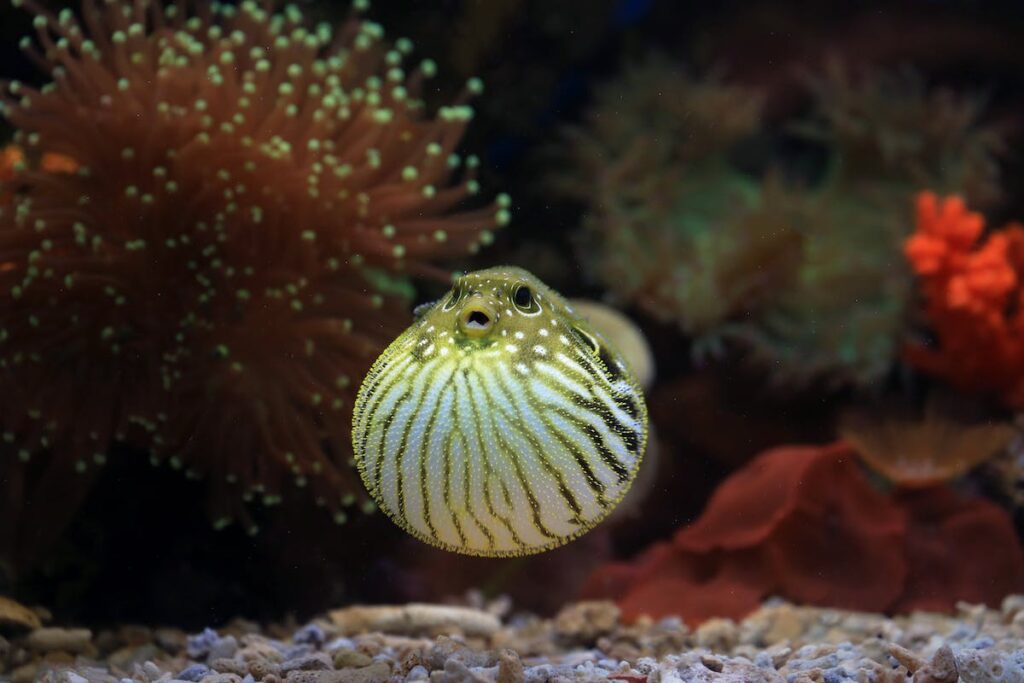
Thus, the substance causes a series of problems for humans, such as numbness of the lips, fainting, vomiting and breathing difficulties, leading to death. There are many reports of puffer fish deaths, especially in Japan.
All puffers contain sharp spines, so a hungry predator may unexpectedly find itself with a mouth full of a spiky ball rather than a sluggish, delectable fish, even though the spines are not apparent when the puffer is not inflated.
Poison dart frog
One of the most venomous and dangerous animals in the world is the poison dart frog, found mainly in Central and South America. Despite its small size, it is capable of killing 20 adults with just 2 micrograms of its venom.
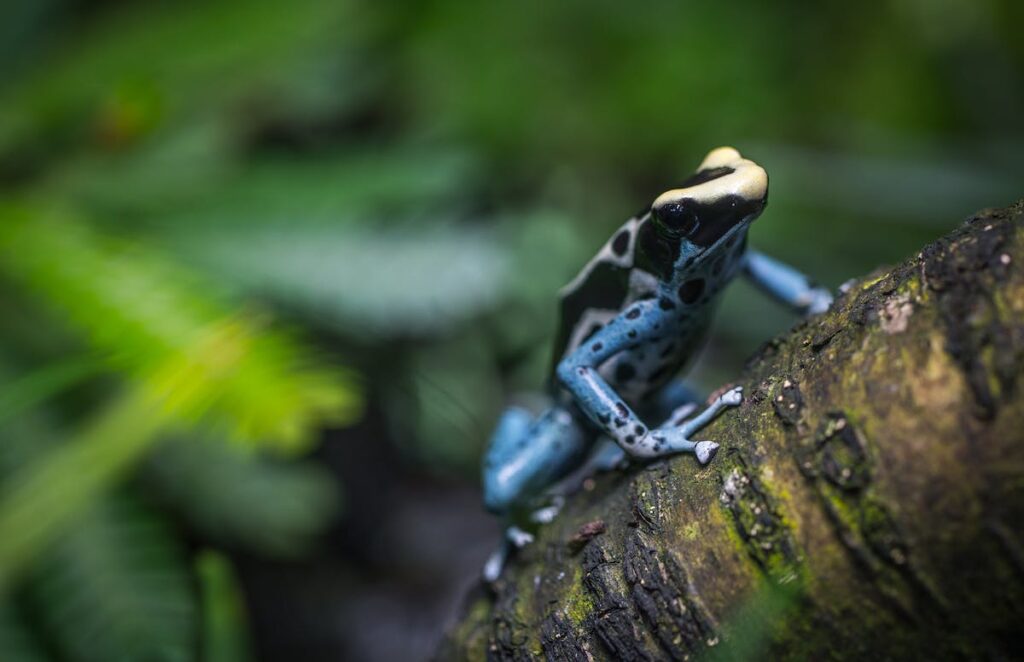
This toxin present in the poison dart frog is acquired from the consumption of various wild insects that are part of its diet.
Those vibrant patterns signal to potential predators, “I’m poison. Avoid eating me.” According to scientists, some of the insects that poison dart frogs eat are what give them their toxicity.
Australian box jellyfish
Cnidarian invertebrates known as box jellyfish (class Cubozoa) are identified by their box-like (or cube-shaped) bodies. Some box jellyfish species generate powerful venom that is released upon contact with their tentacles.
The Australian Box Jellyfish is considered by some experts to be the most dangerous and venomous animal, being found in Australia and Asia. It is estimated that more than 100 people die each year because of this friendly animal.
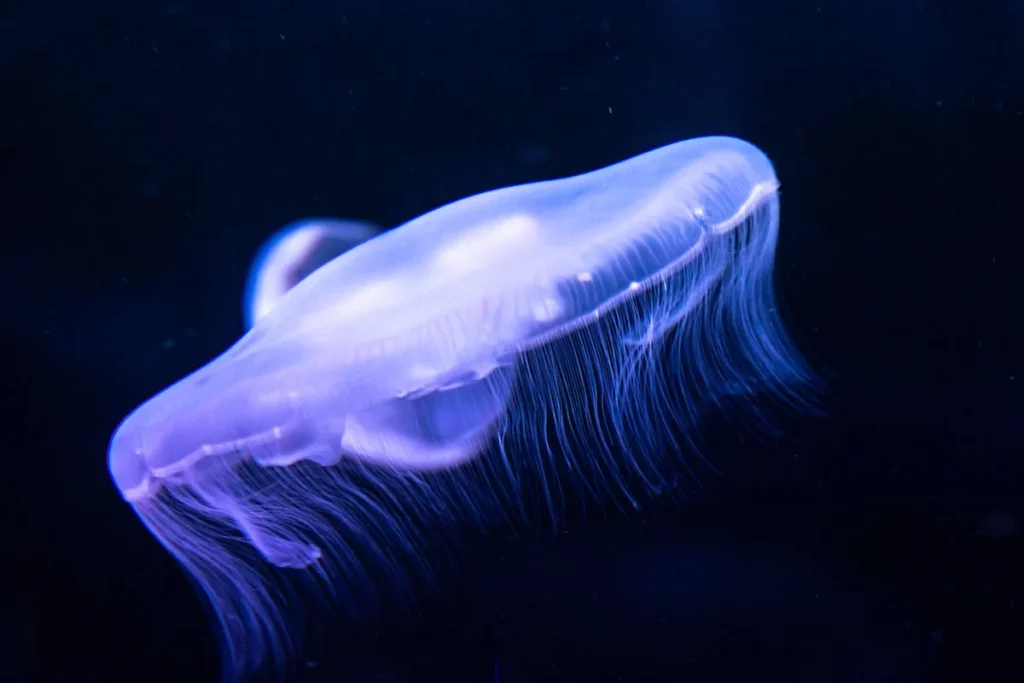
The reason for this is that the venom of the Australian Box Jellyfish affects the heart, central nervous system and cells. The attack is so painful, the victim goes into shock and drowns, or suffers cardiac arrest, before even getting out of the water.
king snake
The king snake is one of the most venomous and dangerous animals in the world, also found in Asia. The toxin present in it is so strong that it is capable of killing an elephant quickly. Unlike other snakes, it injects 5 times more toxin during its bite.
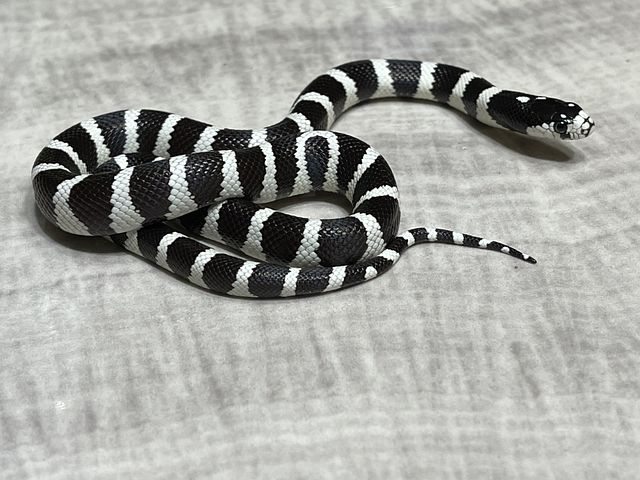
In addition, the king cobra is over 5 meters and can stand up to 2 m in height. Therefore, it is a factor that makes it even more dangerous. Therefore, be careful when you come across a snake like this.
Blue ringed octopus
The blue-ringed octopus is a very small creature, only 20 cm. However, its toxin is highly dead, capable of killing more than 25 humans in minutes. Worst of all is that there is no antidote!

It is not common to find the blue-ringed octopus in Brazil, it is seen more in Japan and Australia. Like the puffer fish, it has tetrodotoxin and thus causes muscle weakness in the victim, dizziness and breathing problems.
These little creatures have good camouflage patterns and spend a lot of time hiding. The octopus will flash around 60 iridescent blue rings when startled, and if it is severely tormented, it may bite and release a poison that can kill a human.
Marble cone snail
Adults Marble Cone Snail shells can range in size from 30 to 150 millimeters. The spire is nodular and flat. The outer lip flares in the back. The characteristic reticulated color pattern of this species can range from black with white dots to orange with white reticulations, and it is organized so that the white is exposed in rounded triangular big patches. The aperture is either pink or white.
The Marble Cone Snail is found in the Indian Ocean and is also one of the most venomous and dangerous animals in the world. With just one drop of its venom, it is capable of killing more than 15 adults. However, it usually uses its toxin only to capture its prey.

Source: http://bioweb.uwlax.edu/bio203/s2013/hendrick_dyla/
The toxin present in the marble cone snail causes intense pain and irritation. Without medical treatment, the poison causes serious damage. To date, about 30 deaths have been recorded due to this snail.
Stone fish
The stonefish resembles a rock and at first it may seem like a harmless animal, but the reality is quite different. Its toxin causes shock, necrosis and paralysis.

Source: https://www.seafishpool.com/stone-fish/
Therefore, if the victim is not treated immediately, he can die within hours. It is generally found in the Pacific and Indian Oceans. Despite not being violent, it is common for people to step on it unintentionally and end up knowing the fury of the stonefish.
Yellow scorpion
One of the most poisonous and dangerous animals in the world that you can find here in Brazil is the yellow scorpion. Its sting is extremely painful, poisoning the victim quickly and leading them to death.
All scorpions’ venom has a neurotoxic impact, which means it affects the nervous system. The victim experiences severe pain from the bite that travels throughout the body and produces acute discomfort in the afflicted location. This generates hyperesthesia, which makes the patient very sensitive to even the smallest touch.
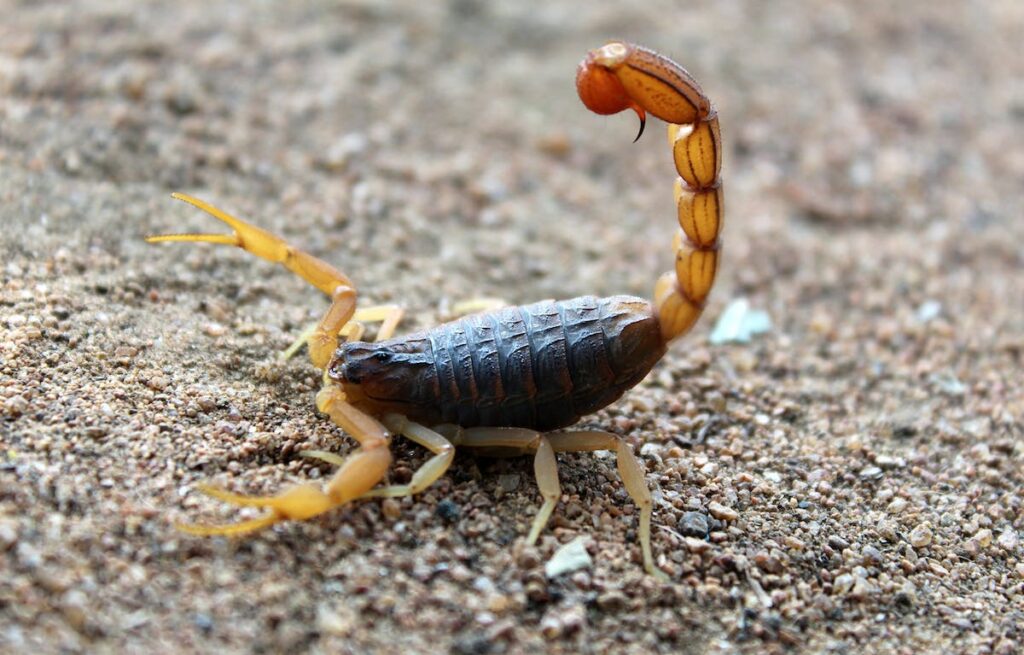
The animal is easily identified as it has yellow legs and tails, while the rest of the body is dark. In addition, it usually lives in humid and hot places and its proliferation is very common in winter.
Conclusion
So which of the most venomous and dangerous animals in the world surprised you? They are really deadly, so it’s important to avoid any kind of contact with them.
